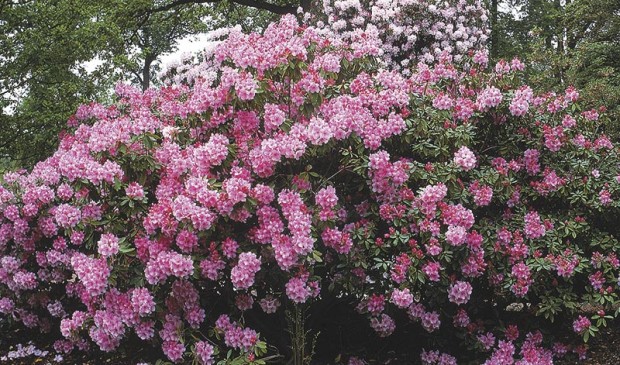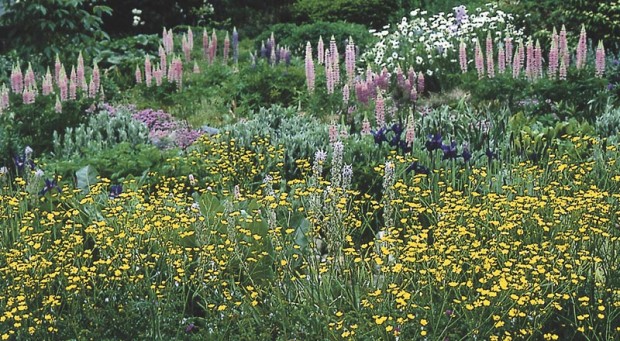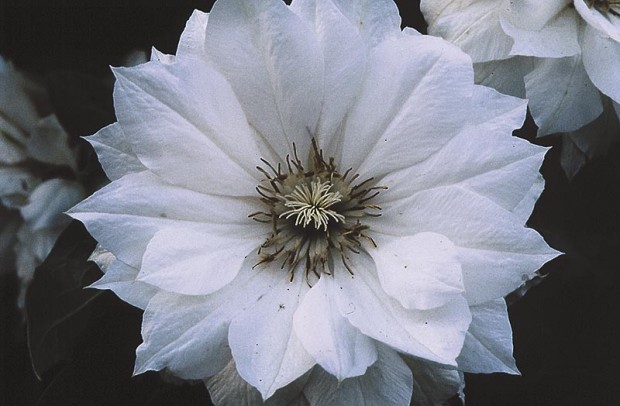The rose is the queen of the flowers. With proper planning and a little loving care, you can be rewarded with beautiful rose blooms year after year. Here are some springtime guidelines to make sure you get the most out of your roses.
Pruning timing
Perhaps no other aspect of rose care is as misunderstood or feared as pruning. It’s actually quite simple.
Rule Number 1: Prune your roses in the spring, usually in April or May—never in the fall. How much you prune is another matter, which brings us to Rule Number 2: You can’t kill a rose with improper pruning. You might give it a bad-looking season, but you won’t kill it. Some pruning practices for specific roses:
Repeat-blooming roses, such as miniatures, hybrid teas, floribundas and shrub roses, bloom best on “new growth.” You create new growth by cutting back these roses by 1/3 to 1/2 early each spring when the forsythia blooms.
Climbers bloom best on “old wood.” So, in late April, prune out just the winter-killed or damaged canes. You don’t want to prune them back too far; knee-level is good. You won’t kill the plant if you prune it further, but you won’t see its best bloom either. Wait until late June to perform major size reductions if needed.
Rugosa roses are repeat bloomers, but like climbers, it’s best to wait until late June for major pruning. In early spring (like April), all you need to do is clip off any winter-killed tips. Note that rugosas are slow to wake up in the spring, and the dormant canes are often gray and look dead—don’t worry, they’re not. So wait until they are leafed out before pruning.
Once-a-year blooming antique roses and ramblers perform best if you wait until late June, after their spring bloom, for major pruning. In April and May, just prune out the winter-kill and damaged canes, then stand back. You’ll be treated to massive and wondrous June blooms that isn’t matched by other roses.
Pruning techniques
The first rule here: use a quality pair of bypass pruners. The second rule: keep them sharp, and learn how to sharpen them properly. Pruning practices to help you get started:
- Most people tend to under-prune. Don’t be shy. Use those quality pruners and cut the canes low.
- Miniature and shrubby roses with many canes can be pruned with just about anything, even hedge trimmers.
- With hybrid tea roses, prune out canes that are very spindly or so old that the bark has turned brown. Also, prune out overlapping canes from the center of the bush to open it up. The end result should be 5 or 6 plump, green canes. With floribunda or repeat-blooming shrub roses, it’s all right if you end up with more canes. In fact, it’s desirable.
- Cut about 1/2 inch above a “bud eye,” the bump on the cane. New growth starts from the bud eye closest to the cut. Before you cut, be sure that the bud eye is facing the outside of the bush, not the inside.
Fertilizing roses
Before discussing fertilizers, let’s start with your soil. Get it tested. Contact your Michigan State University Extension (go to www.MichiganGardener.com > “Resources” > “Garden Help”). MSU will provide you with a form to complete and return to them along with your soil samples. On that form, point out that the soil will be used for growing roses.
Now on to fertilizers. Question: what do roses and teenagers have in common? Right! They both consume enormous amounts of food. Like teenagers, roses require a continual supply of food during their growth and blooming periods. This is especially true with repeat bloomers.
In general, roses perform best when you use a well-balanced fertilizer. There are several commercial blends that contain natural materials like bone meal, fish emulsion and blood meal. These organic blends help improve the soil structure in addition to providing nutrients. If you have a yearning to be unique, you can make your own home blend of organic fertilizer. Include a variety of components to your mix, not just one or two. Like people, roses need a well-balanced diet to be healthy. Whatever organic fertilizer you use, remember to apply it 3 to 4 times a year, starting in late April.
You can also augment your granulated fertilizer applications with a quick-acting liquid fertilizer. This kind of fertilizer should be used as a supplement to your regular applications, rather than an alternative. If you decide to use a liquid fertilizer, I suggest using it at half the recommended strength.
Whatever fertilizer you select, avoid granular products that contain systemic insecticide. While they perform well as a fertilizer, the insecticide component poisons the soil and kills the desirable earthworms. Further, their insecticide components are not all that effective.
Growing great roses: The 5 essentials
To thrive, roses need five things. Look around your yard and find where nature will amply provide two of the essential ingredients: 1) sunlight, and 2) air. You provide the other three: 3) water, 4) fertilizer, and 5) love.
Specifically, plant your roses where they will receive at least six hours of direct sunlight daily, and where the air circulates freely to prevent disease. Keep in mind that roses love water and lots of it, but not standing in pools. So, select a site that offers good drainage. Be prepared to supplement nature’s rainfall with regular waterings of your own. Also reward your roses with fertilizer, and they will reward you with dazzling blooms.
One more thing on site selection. Choose a place that is easily visible from your home. Not just so you can enjoy the full display of brilliant colors, but so you can readily see and react to little problems that may occur before they become big ones.
Growing roses is fun and very satisfying. You soon may be answering the question from friends and neighbors alike: “How do you grow such beautiful roses?”
Nancy Lindley is the former co-owner of Great Lakes Roses.
RELATED: Maintaining climbing roses
RELATED: Why Are My Roses Changing Color?



